Woollen Industry
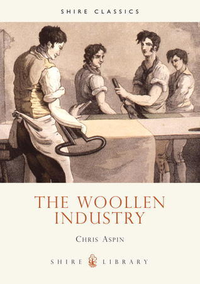
Summary
Most places in Britain have had some connection with the woollen industry. For several hundred years it was Britain's principal source of wealth.and provided more jobs than all the other industries put together. The country's fortunes were largely dependent on the wool trade, in which almost every family had a stake - from the spinster at her hand wheel to the merchant seeking foreign markets. Inn signs such as the Fleece and Ram remind us of the former importance of wool. So, too, do the splendid churches, mills and public buildings built by the successful entrepreneurs. The English language has been enriched by the many phrases derived from the trade - 'dyed in the wool', 'spinninging a yarn', 'on tenterhooks' - and thousands of people owe their surnames to ancestors who were Websters, Weavers, Tuckers, Walkers, Listers and so on. Author Aspin traces the story of wool in Britain from prehistoric times to the present day and uses many previously unpublished illustrations to illuminate his story.
Similar Books
-
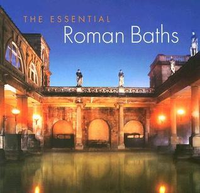 The Essential Roman Baths
The Essential Roman Bathsby Stephen Bird
-
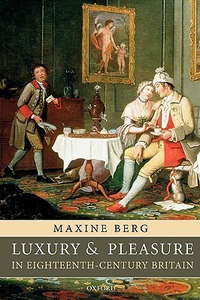 Luxury and Pleasure in Eighteenth-Century Britain
Luxury and Pleasure in Eighteenth-Century Britainby Maxine Berg
-
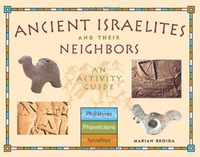 Ancient Israelites and Their Neighbors: An Activity Guide
Ancient Israelites and Their Neighbors: An Activity Guideby Marian Broida
-

-
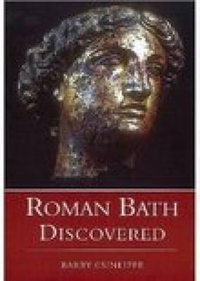 Roman Bath Discovered
Roman Bath Discoveredby Barry Cunliffe
-
 Roman Bath discovered
Roman Bath discoveredby Barry Cunliffe
-
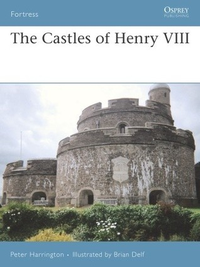 The Castles of Henry VIII
The Castles of Henry VIIIby Peter Harrington
-
 The World's Great Archaeological Treasures
The World's Great Archaeological Treasuresby Paul G. Bahn
-
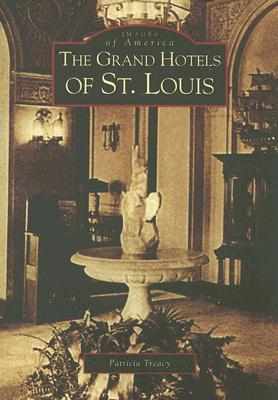 The Grand Hotels of St. Louis
The Grand Hotels of St. Louisby Patricia Treacy
-
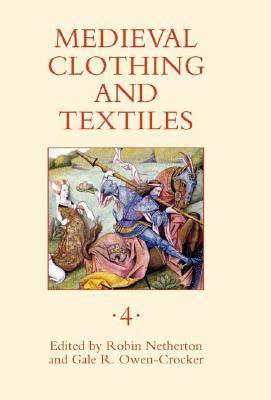 Medieval Clothing and Textiles 4
Medieval Clothing and Textiles 4by Robin Netherton
-
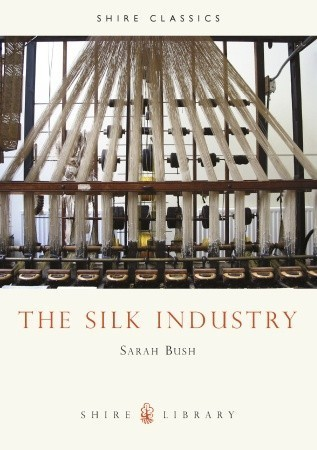 The Silk Industry
The Silk Industryby Sarah Bush
-
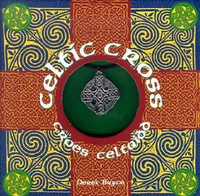 Celtic Cross: Croes Celtaidd
Celtic Cross: Croes Celtaiddby Derek Bryce
-
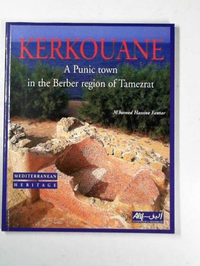 Kerkouane: a Punic town in the Berber region of Tazezrat
Kerkouane: a Punic town in the Berber region of Tazezratby M'hamed Hassine Fantar
-
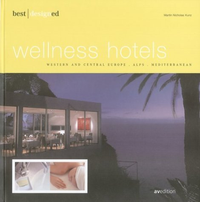 best designed wellness hotels Western and Central Europe, Alps, and Mediterranean
best designed wellness hotels Western and Central Europe, Alps, and Mediterraneanby Martin Nicholas Kunz